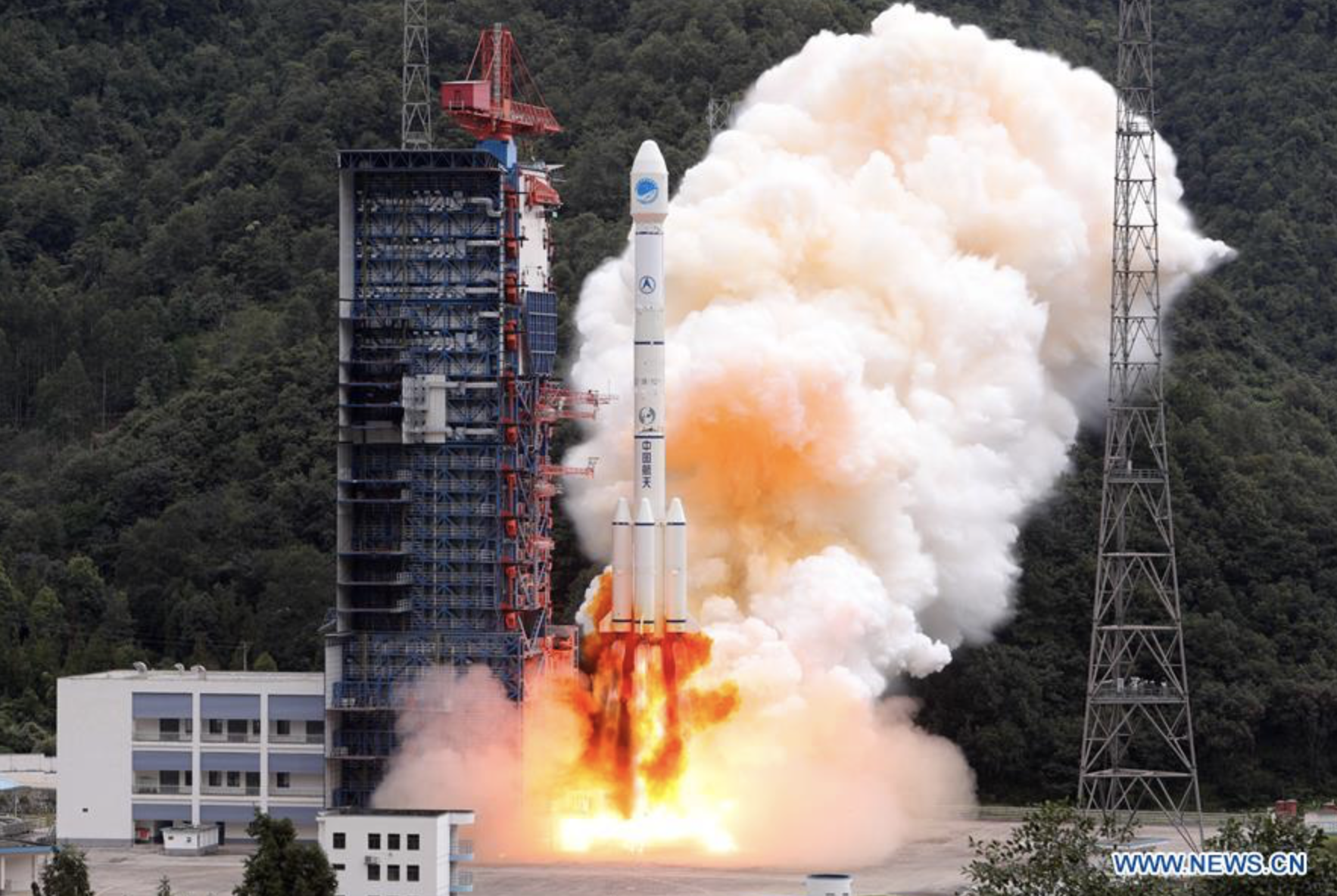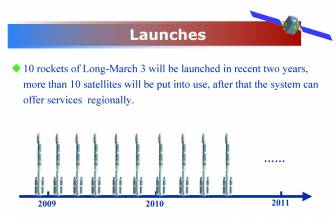China sent twin BeiDou-3 navigation satellites into space on a Long March-3B carrier rocket from Xichang Satellite Launch Center in Sichuan Province at 12:23 p.m. Monday.
The satellites entered their planned orbit after flying more than three hours, and will work with the 14 BeiDou-3 satellites already in orbit, according to the state-run Xinhua press agency. The satellites are the 39th and 40th of the BeiDou navigation system, and the 15th and 16th of the BeiDou-3 family.
The satellites and the rocket for Monday’s launch were developed by the Innovation Academy for Microsatellites of the Chinese Academy of Sciences and the China Academy of Launch Vehicle Technology, respectively. The launch was the 287th mission of the Long March rocket series.
This latest launch of the two new satellites is just another part in what has been an intensive launch year for BeiDou satellites. China plans to send another three BeiDou-3 satellites into space to form a basic system to provide services for countries participating in the Belt and Road Initiative, by the end of the year.
In July, Inside GNSS reported on the launch of the 32nd satellite of the BeiDou navigation system, and one of the BeiDou-2 family, which is the second generation of the system.
Over the past five years, the system has helped rescue more than 10,000 fishermen, and more than 40,000 fishing vessels and around 4.8 million commercial vehicles in China are equipped with BeiDou, according to the Xinhua press agency. The newest satellites are designed to bolster China’s ambitious Space Silk Road project – the country’s program to boost its global revenue from positioning and navigation systems.
Related Reading: White Paper, Press Conference Reveal China’s Current Plans for BeiDou Navigation System
The system is also helping monitor the structural integrity of highways, pipelines, dams and bridges. More than 300 million mobile phones, 40 percent of all smartphones in China, can connect to BeiDou.
The system now covers more than 50 countries with a total population of more than 3 billion. By 2020, BeiDou is expected to provide first-class services around the globe.
It’s not just China that will take advantage of BeiDou. The satellites function in three categories, with the BDS-1 system providing positioning, navigation, and timing services throughout China, followed by the BDS-2 offering the same across the Asia-Pacific region. The BDS-3 will cover countries connected by China’s Belt and Road Initiative (BRI).






